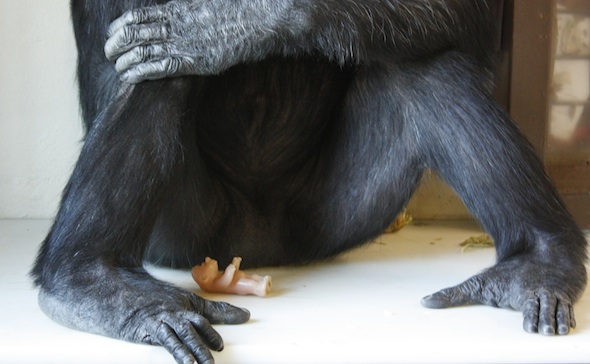

Male chimpanzees defend their community's territory against neighboring chimp communities and will kill members of other groups.

Males will stay in their birth community, while females can move into neighboring communities once they are old enough to breed. They live in fusion-fission societies where the community breaks up into small subgroups (fission) that travel separately and sometimes come together (fusion). Chimpanzee societyĬhimpanzees are highly social animals and live in communities of between 10 and 180 individuals, according to the Max Planck Institute for Evolutionary Anthropology in Germany. The Jane Goodall Institute UK noted that pet chimpanzees are destructive and too dangerous to be kept as part of the family, and that it is difficult to keep them stimulated and satisfied in a human environment. During attacks, chimps will target a person's face, hands, feet and genitals. Most of the time these are isolated and seemingly reckless attacks by individual chimps, but one chimpanzee in the 1990s killed seven children before he was killed by humans, National Geographic reported.Ĭaptive or pet chimpanzees attack people far more often than their wild kin, because they can lose their fear of people altogether. Chimps have also snatched and killed human babies. Chimpanzees typically direct their aggressive and sometimes predatory behavior toward children because the animals are more fearful of larger human adults, especially men, according to National Geographic. Chimpanzees may then take to stealing unprotected human food, such as crops, and in the process become more confident around humans.Ĭhimpanzees have attacked more than 20 people in the Western Region of Uganda over the past 20 years and killed at least three human infants since 2014, National Geographic reported in 2019. This usually happens when humans move into and destroy chimpanzee habitats, reducing their access to food. However, there have been recorded incidents of chimpanzees attacking and killing people. Wild chimpanzees are usually fearful of humans and will keep their distance.

10.1016/j.jhevol.2018.05.(Image credit: Anup Shah via Getty Images) A Quantification of Calcaneal Lateral Plantar Process Position with Implications for Bipedal Locomotion in Australopithecus. J., Sasaki T., Suwa G., Zipfel B., DeSilva J. Calcaneocuboid Joint and Stability of the Longitudinal Arch of the Foot at High and Low Gear Push off. Elastic Strain Energy Storage in the Feet of Running Monkeys.
Chimpanzee feet free#
The Free Moment in Walking and its Change with Foot Rotation Angle. Subject-Specific Finite Element Modelling of the Human Foot Complex during Walking: Sensitivity Analysis of Material Properties, Boundary and Loading Conditions. This computational framework for a comparative investigation of the causal relationship among the morphology, kinematics, and kinetics of the foot may provide a better understanding regarding the functional significance of the morphological features of the human foot.īipedal locomotion evolution foot biomechanics foot musculoskeletal model vertical free moment.Ĭopyright © 2022 Ito, Nakamura, Suzuki, Negishi, Oishi, Nagura, Jinzaki and Ogihara.Īkrami M., Qian Z., Zou Z., Howard D., Nester C. Furthermore, the human foot can store elastic energy more effectively during axial loading for the effective generation of propulsive force in the late stance phase. Furthermore, the vertical free moment generated by the coupling motion of the calcaneus and tibia during axial loading is larger in the human foot, which can facilitate the compensation of the net yaw moment of the body around the COP during bipedal locomotion.

Our results indicate that the center of pressure (COP) is located more anteriorly in the human foot than in the chimpanzee foot, indicating a larger stability margin in bipedal posture in humans. Physiologically realistic loading conditions of the feet during quiet bipedal standing are simulated. The contacts between the bones and between the foot and ground are solved using frictionless and Coulomb friction contact algorithms, respectively. The ligaments and plantar fascia are represented by tension-only spring elements. Foot bones and the outer surface of the foot are extracted from computer tomography images and meshed with tetrahedral elements. To comparatively investigate the morphological adaptation of the human foot for achieving robust and efficient bipedal locomotion, we develop three-dimensional finite element models of the human and chimpanzee feet.


 0 kommentar(er)
0 kommentar(er)
